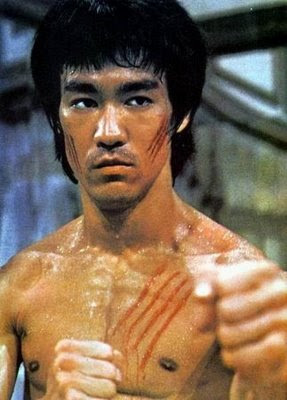
Hayao Miyazaki (宮崎 駿, Miyazaki Hayao?, born January 5, 1941 in Tokyo, Japan) is a prominent director of many popular animated feature films. He is also the co-founder of Studio Ghibli, an animation studio and production company.
He remained largely unknown to the West, outside of animation communities, until Miramax released his 1997 Princess Mononoke. By that time, his films had already enjoyed both commercial and critical success in Japan and Central Asia. For instance, Princess Mononoke was the highest-grossing film of all time in Japan. His later film, Spirited Away, had that distinction as well, and was the first anime film to win an Academy Award. Howl's Moving Castle was also nominated but did not receive the award.
Miyazaki's films often incorporate common themes, such as humanity's relationship to nature and technology, and the difficulty of maintaining a pacifist ethic. The protagonists of his films are often strong, independent girls or young women; the villains, when present, are often morally ambiguous characters with redeeming qualities.
Miyazaki's films have generally been financially successful, and this success has invited comparisons with American animator Walt Disney. In 2006, Time Magazine voted Miyazaki one of the most influential Asians of the past 60 years.[1]
Anime directed by Miyazaki that have won the Animage Anime Grand Prix award have been Nausicaä of the Valley of the Wind in 1984, Castle in the Sky in 1986, My Neighbor Totoro in 1988, and Kiki's Delivery Service in 1989. - wikipedia




